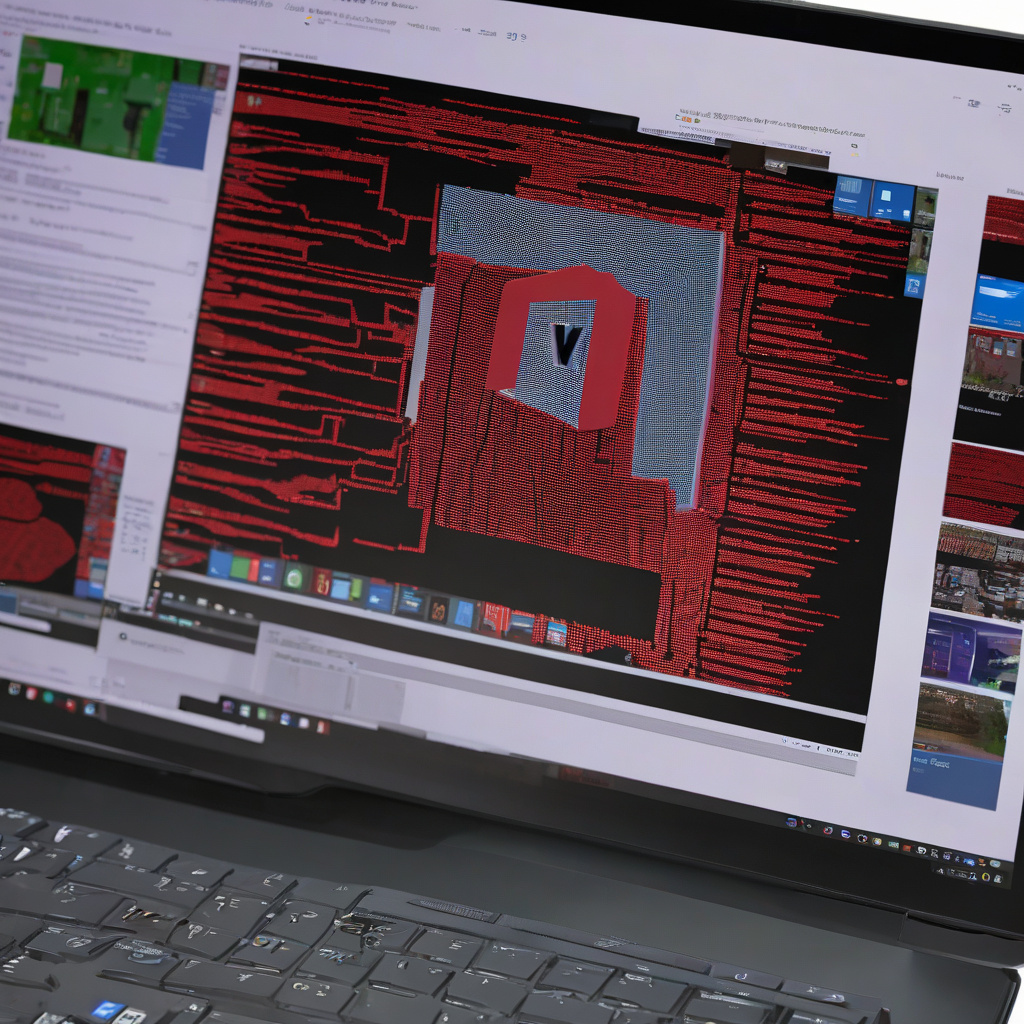In a recent alert, Microsoft has raised the alarm about the multifunctional malware called ‘StilachiRAT.’ This malicious software is not your run-of-the-mill malware; it comes packed with a range of dangerous capabilities. From system reconnaissance to the theft of credentials and even cryptocurrency, StilachiRAT is a potent threat that individuals and organizations need to be aware of.
One of the key dangers of StilachiRAT is its ability to conduct system reconnaissance. This means that once it infiltrates a system, it can quietly gather information about the system’s configuration, vulnerabilities, and potential points of entry for further exploitation. This reconnaissance phase is crucial for the malware to carry out its malicious activities effectively.
Moreover, the malware is also equipped to steal credentials. This could include usernames, passwords, and other sensitive information that users input into their devices. With this data in hand, cybercriminals behind StilachiRAT can gain unauthorized access to various accounts, leading to a host of potential security breaches and data leaks.
In addition to credential theft, StilachiRAT poses a significant risk to cryptocurrency holders. By targeting cryptocurrency wallets and transactions, the malware can siphon off digital assets, leading to financial losses for victims. Given the increasing popularity of cryptocurrencies, this aspect of StilachiRAT makes it a particularly concerning threat in today’s digital landscape.
To protect against multifunctional malware like StilachiRAT, individuals and organizations must adopt robust cybersecurity measures. This includes keeping all software and systems updated, using strong and unique passwords, implementing multi-factor authentication, and educating users about the dangers of clicking on suspicious links or downloading unknown attachments.
In conclusion, the emergence of multifunctional malware like StilachiRAT highlights the evolving nature of cybersecurity threats. With capabilities for system reconnaissance, credential theft, and cryptocurrency theft, this malware poses a significant risk to both individuals and organizations. By staying vigilant and implementing best practices in cybersecurity, users can defend against such malicious threats and safeguard their digital assets.

